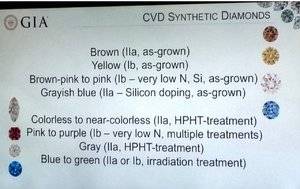- Joined
- Apr 25, 2014
- Messages
- 8,225
As Garry posted in another thread today, which reminded me...:
...I think we should definitely try to cover "Why do really well-cut stones look dark / bad in strong sunlight?"
I suspect the lighting.
Better cuts perform badly in overly spot lit stores and Cartier have typically the worst lighting I have come across.
As Paul noted, D Flawless are very often poorly proportioned and bad cuts appear glassier in spot lighting (and sunlight) than really well cut stones.
...I think we should definitely try to cover "Why do really well-cut stones look dark / bad in strong sunlight?"




300x240.png)